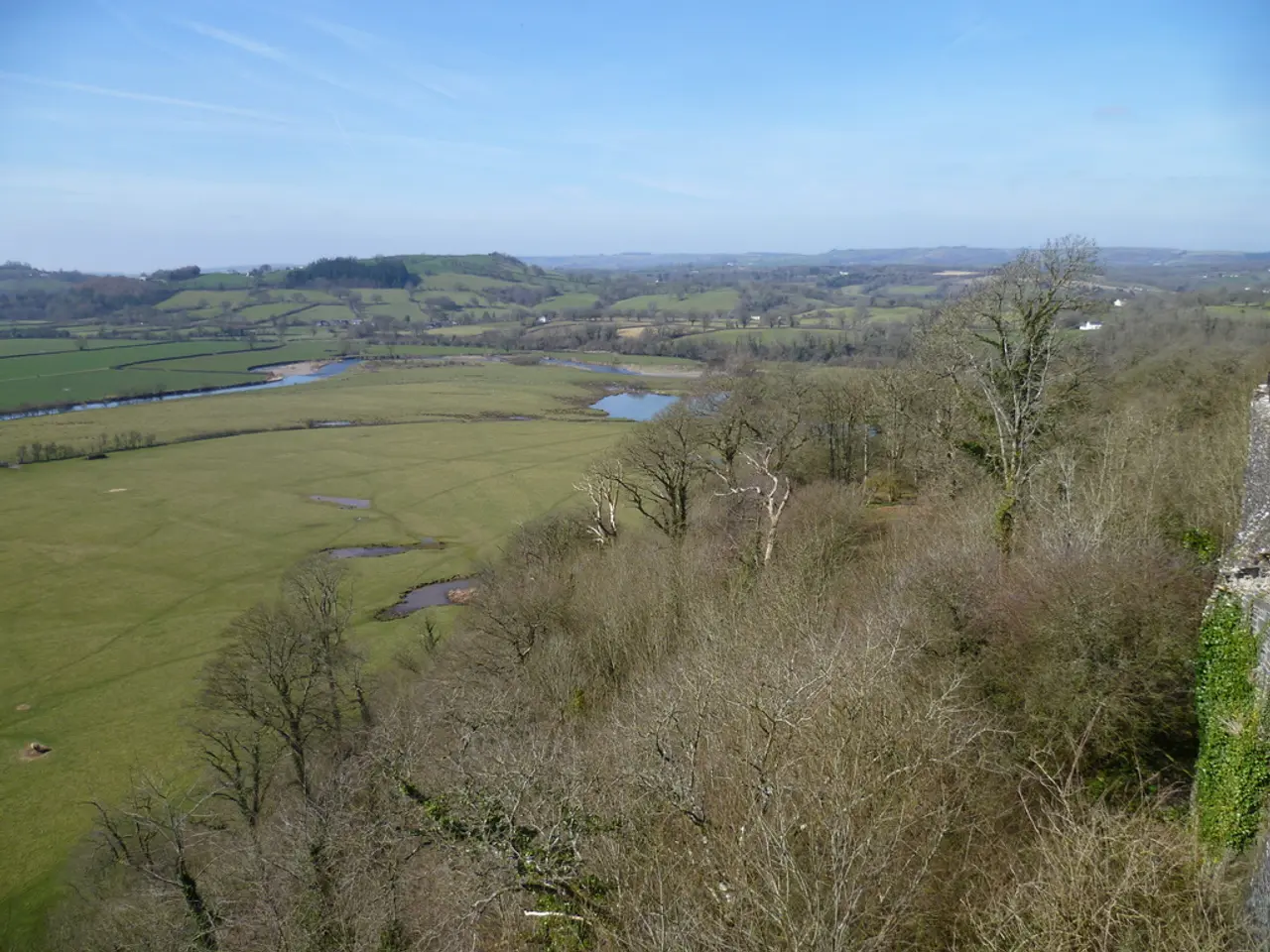Volcanic island adorned with geysers, cascading waterfalls, and immense glaciers
Iceland, a volcanic island nestled on the Mid-Atlantic Ridge where the Eurasian and North American plates are drifting apart, boasts a captivating blend of history and breathtaking natural wonders. Its timeline, marked by Viking settlement and significant geological events, has shaped this unique nation.
### A Timeline of Iceland's History
The late 800s saw the arrival of the first settlers, primarily Vikings and people from Norway and the British Isles, with the traditional founding date set at 874. Earlier, some Irish monks (papar) may have lived there. In 930, the Althing, one of the world’s oldest parliaments, was established, marking a key element of Icelandic governance. Christianity was introduced in the late 900s, influenced by Norwegian King Olaf Tryggvason, shaping Iceland’s cultural and religious identity.
The Age of the Sturlungs, a period of internal conflict that weakened Iceland, eventually led to Norwegian rule formalized by the Old Covenant (1262–1264). After the Kalmar Union dissolved, Iceland became part of Denmark. During World War II, British and American occupation brought economic growth, transforming Iceland from poverty to relative wealth by the war’s end. In 1930, Iceland celebrated the 1000th anniversary of the Althing and also saw the founding of the Communist Party and the start of Icelandic State Radio (RUV).
### Iceland's Stunning Geography and Natural Wonders
Iceland's geography is as fascinating as its history. Its volcanic activity, glaciers, geysers, hot springs, and waterfalls create a landscape that is nothing short of awe-inspiring. Notable features include:
- Volcanic activity: Numerous active volcanoes shape the island’s terrain. - Glaciers: Large glaciers like Vatnajökull cover significant parts of Iceland. - Geysers and hot springs: Iceland is famous for geothermal activity, including the original geyser from which the phenomenon derives its name. - Mid-Atlantic Ridge: Iceland is one of the few places where the tectonic plates of North America and Eurasia visibly diverge above sea level.
### Unique Aspects of Iceland
Iceland's unique features are as follows:
- The Althing, established in 930, is one of the oldest parliamentary institutions globally. - Iceland has a rich literary tradition with medieval sagas documenting its early history. - Its location at the meeting point of two continents makes it a geological and natural marvel. - The economy's transformation during World War II due to foreign military presence is a notable historical event.
In summary, Iceland's timeline from Viking settlement through medieval governance, union with Nordic kingdoms, and 20th-century developments is intertwined with its remarkable geography—characterized by volcanic and glacial landscapes that define its unique identity.
Exploring Iceland offers an opportunity to immerse oneself in a compelling blend of history and breathtaking natural wonders. One can envision the Viking settlers traversing its strikingly beautiful landscape, while also experiencing the diverse geological features that have been shaped over time, such as active volcanoes, expansive glaciers, and awe-inspiring waterfalls. This unique nation's rich heritage, marked by significant events like the establishment of the Althing, the world's oldest parliament, and the advent of Christianity, is best appreciated through a travel lifestyle that celebrates both its past and present marvels.





